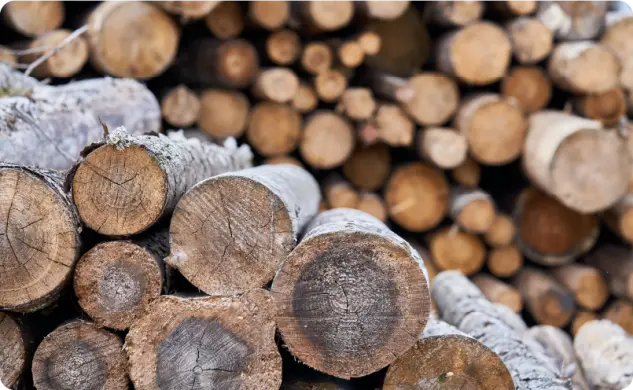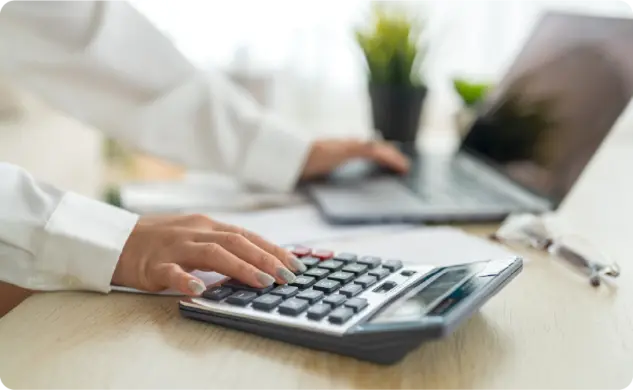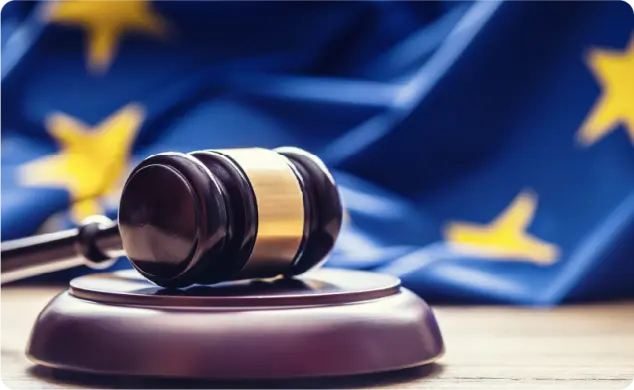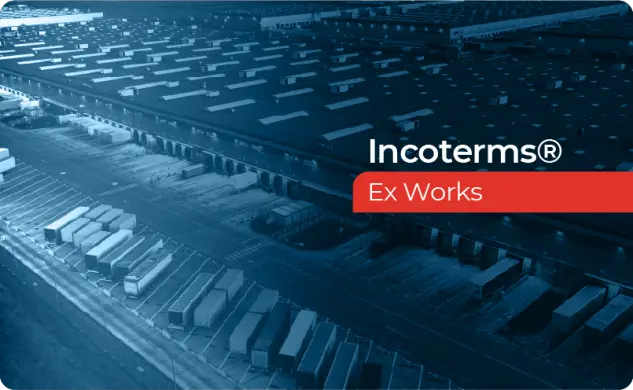- Vera den Adel
- Junior Customs & Trade Advisor
- v.denadel@gaston-schul.com
- Follow on Linkedin
The ones who got away (for now): Exemptions on Trumps import regulations.
- Fri, May 02, 2025
- 6 minute read
President Trump’s new import tariffs apply globally but include key exemptions for certain goods, sectors, and countries. While a 90-day pause softens some rules, core tariffs on metals, vehicles, and Chinese goods remain, reflecting a complex and unclear trade strategy.

Trump’s 2025 tariffs: What’s exempt and what’s not
On April 2nd, 2025, President Trump signed a pair of executive orders (EO) as part of his idea of “Liberation Day”. Trump announced reciprocal tariffs on imports into the United States, with a minimum 10% tariff applied to imports from all countries worldwide, and higher tariff rates imposed on more than 60 specific countries. As the CNN describes, presidents normally try to do everything they can to avoid upsetting the country’s economic engine and global stability, but Donald Trump just took the greatest political gamble with the US economy of any modern president. There also hasn’t been a single cohesive narrative from the White House about what Trump ultimately hopes to achieve with his tariffs.
On April 9th Trump announced that he will pause the country-specific reciprocal tariffs for 90 days, except those applied to China. He explained this decision by saying people were “getting a little yippy yappy.” All countries' reciprocal tariffs (except China’s) will be brought down to the 10% baseline rate. In return the European Union agreed to put their planned tariffs against the US on hold for 90 days as well.
However, there are some goods that escaped Trumps liberating import regulations and consequently are also not included in the 90-day pause. For example, tariffs on steel, aluminium and vehicles remain in place. These exemptions will be further described and explained in this article.
How Trump legally justified his 2025 tariffs: National security and emergency powers
The U.S. Constitution gives Congress the power to impose taxes and tariffs, but it has passed laws allowing the president to do so for national security reasons. Hence, to justify and be legally able to impose these tariffs Trump had to declare a national emergency. He did so under the National Emergency Act and the International Emergency Economic Powers Act (IEEPA), authorising the president to regulate international commerce after declaring a national emergency in response to any unusual and extraordinary threat to the United States which has its source in whole or substantial part outside the United States.
Trump also frequently referenced Section 232 of the Trade Expansion Act of 1962. This section authorises him to modify imports of goods and services based on a determination of threat to national security. The process begins with an investigation by the Department of Commerce on a particular import. After the findings of such an investigation are reported, the president may choose to impose tariffs, take other measures to limit imports, or take no action at all. It is clear which direction Trump choose to follow. However, Trump cannot impose tariffs on all goods. Both Section 232 and 50 U.S.C. §1702(b) outline exemptions to presidential authority.
What’s exempt under Trump’s tariffs? A look at 50 U.S.C. §1702(B)
The articles under this regulation are the first exemption named in the EO. These include products under the following categories:
- Personal communication, which does not involve a transfer of anything of value.
- Donations intended to relieve human suffering — unless they interfere with the president’s ability to address a declared national emergency.
- Import or export of any information or informational materials, including but not limited to, publications, films, posters, phonograph records, photographs, microfilms, microfiche, tapes, compact disks, CD ROMs, artworks, and news wire feeds.
- Baggage for personal use while traveling from or to another country.
Section 232 tariffs still apply: No pause for steel, aluminium, and auto parts
Since March 12, 2025, the U.S. has implemented new import tariffs on steel, aluminium, and derivative products. These measures affect Dutch or EU exporters, who now face additional tariffs and new customs declaration requirements when shipping metal-containing products to the U.S. This is described in in section 232. The tariffs that are now in effect under section 232 are excluded from Trumps reciprocal tariffs (and the pause on it). The products under this section and the corresponding tariffs are:
- certain steel and aluminium products listed under Chapter 99, Subchapter III, Note 16 of the HTSUS. A 25% ad valorem duty applies to these products
- This also includes Automobiles and automobile parts
- Products are exempt if the metal was melted and poured in the U.S., even if processed abroad
- Derivative Products Affected:
- Aluminium: wires, cables, vehicle body/bumper parts, other components
- Steel: nails, fasteners, vehicle parts, pipes, tubes, and construction materials
For import declarations, this means that exporters must now submit detailed information for affected goods. This includes the country of melt and pour and separate specification of weight and value of metal content for steel and aluminium. Missing data can result in incorrect tariffs being applied. Corrections can be made via Post Summary Correction (PSC).
Annex II exemptions: key products spared from Trump’s tariffs
Other exemptions are named in Annex II. These include:
- Copper
- Pharmaceuticals
- Semiconductors
- Lumber articles
- Certain critical minerals
- Energy and energy products
How U.S. content affects tariffs under Trump’s import rules
Lastly, if the U.S. content is less than 20%, tariffs are applied to the entire value of the product, but if the U.S. content is 20% or more, tariffs are applied only to the foreign (non-U.S.) portion of the product. “U.S. content” is determined on the value of an article attributable to the components produced entirely, or substantially transformed in the U.S. Although the EO doesn’t define these terms, generally:
- "Produced entirely" means all materials and manufacturing come from one country.
- "Substantial transformation" means that the product has been changed in a way that gives it a new identity, use, or function, making the U.S. its country of origin.
So, if a product has at least 20% U.S. content, the tariff is likely calculated based on its value minus the U.S.-made or transformed parts. The EO doesn’t explain exactly how to calculate the value of the U.S. content. However, standard U.S. customs practice uses the transaction value method, which is based on the price actually paid (or payable) for the goods, including related costs like commissions or royalties.
A final consideration when importing goods into the U.S. is that Customs and Border Protection (CBP) may ask for documentation at the time of import to verify how much of the product was made or significantly changed in the U.S., and how much it’s worth.
Trump’s tariff update: Electronics and semiconductors exempted in April 11 clarification
On April 11, the White House released a “Clarification of Exceptions Under Executive Order 14257 of April 2, 2025, as Amended,” which exempts a list of semiconductors and electronics from reciprocal tariffs. In the clarification, a list of specific HS codes to which it applies is provided. Some of the exempted products include:
- semiconductors and electronic integrated circuits
- smartphones and computers
- solid-state non-volatile storage devices
- flat panel display modules
- various types of monitors.
Country-specific tariff exemptions: What applies under Trump’s new trade rules
Because the U.S. has already some other agreements in place with specific countries, some are exempted from the new tariff implementations. These countries are also not subject to the 90-day suspension. This applies to the following countries:
- Canada and Mexico: Are subject to their own tariffs. Goods from these countries that comply with the United States-Mexico-Canada Agreement (USMCA) continue to receive preferential treatment, exempting approximately 50% of Mexican and 38% of Canadian imports from the new tariffs.
- Imports from Belarus, Cuba, North Korea, and Russia: (Known as Column Two countries) will continue to be subject to their separate duty rates only.
For the pause on the reciprocal tariffs only China is exempted. In his specific trade war with China, Trump placed import taxes of 145%, which has countered with 125% tariffs on US goods from China. However, Trump has already announced US tariffs on China will be reduced 'substantially' from the current rate of 145%. This again shows the unclear narrative of what Trump wants to achieve and fuels ongoing debate over whether Trump has a clear, coherent plan.
U.S. import tariffs: Quick links
- The White House - Regulating Imports with a Reciprocal Tariff to Rectify Trade Practices that Contribute to Large and Persistent Annual United States Goods Trade Deficits
- The White House - Annex II
- The White House - Clarification of Exceptions Under Executive Order 14257 of April 2, 2025, as Amended
Advice and support on the U.S. import tariffs
Do you need help with navigating the new tariff implementations of the U.S.? Gaston Schul’s Consultancy & Advisory services are here to assist. Fill out the form on the right and a member of our team will respond within one business day.
More about the authors
Related News & Articles
Get our expert insights and customs resources delivered straight to your inbox
By subscribing, you consent to be contacted by Gaston Schul about our relevant content, products and events. You can opt-out at any time. For more information, please see our privacy policy.




